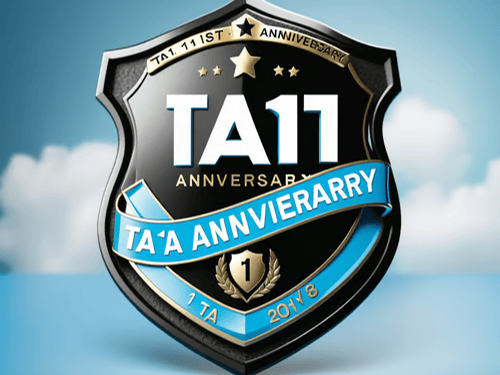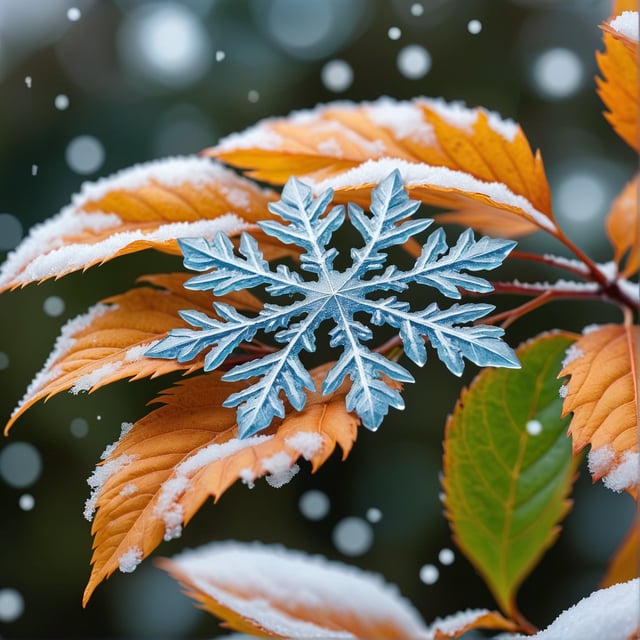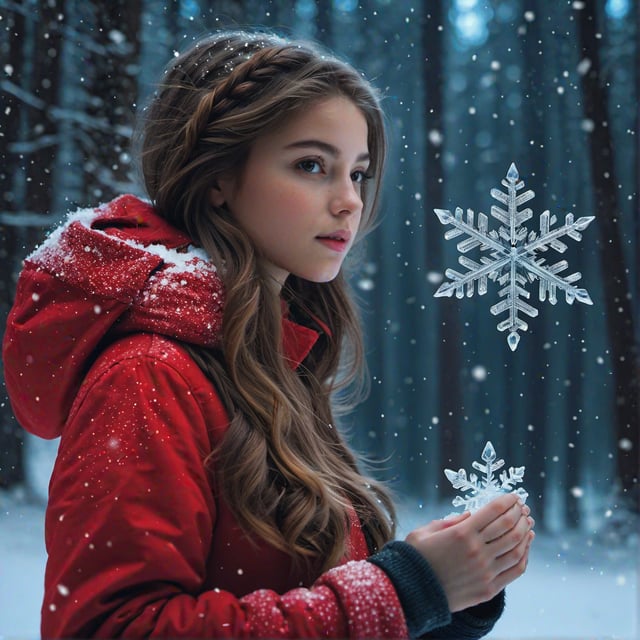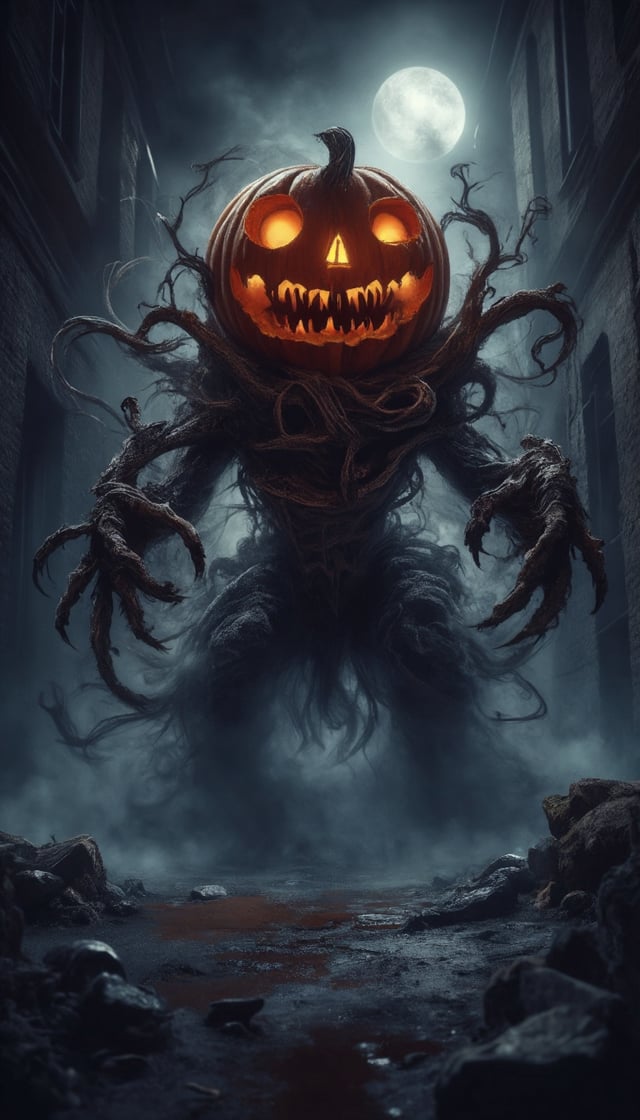
Azwar Black Mask

Rainbow Candy

Green Candy

Red Candy

Blue Candy
i am from malaysia
https://www.facebook.com/AzwarBlackMask
474
Followers
470
Following
14.1K
Runs
32
Downloads
1.5K
Likes
AI Tools
View AllModels
View All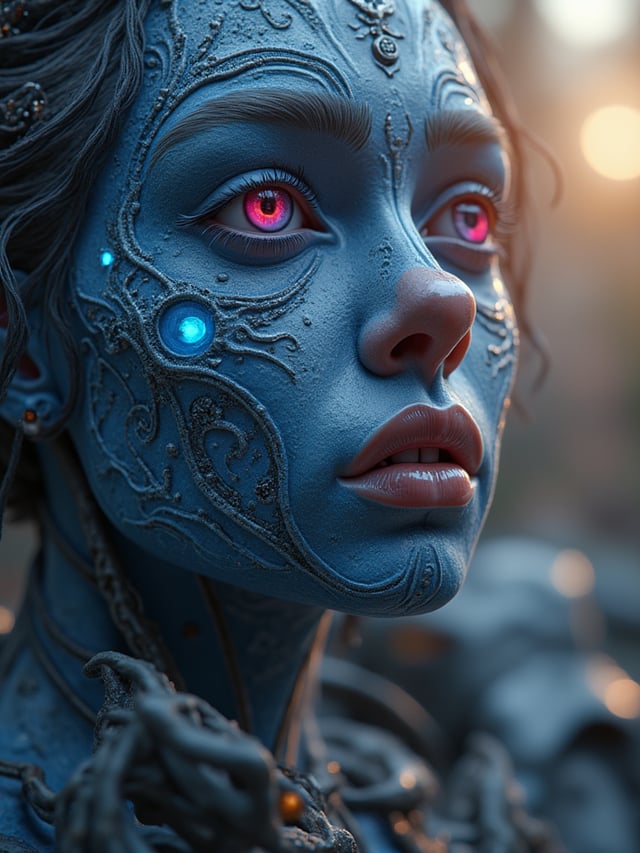
LORA Flux
EARLY ACCESS
[FLUX] HD Boost - ABM-V.1
Azwar Black Mask

LORA Flux
EARLY ACCESS
Cartoon Art Style [Fortnite and Overwatch] - ABM-V1
Azwar Black Mask

LORA Flux
EARLY ACCESS
Realism⚡Fantasy - ABM-2024-09-13 20:58:12
Azwar Black Mask
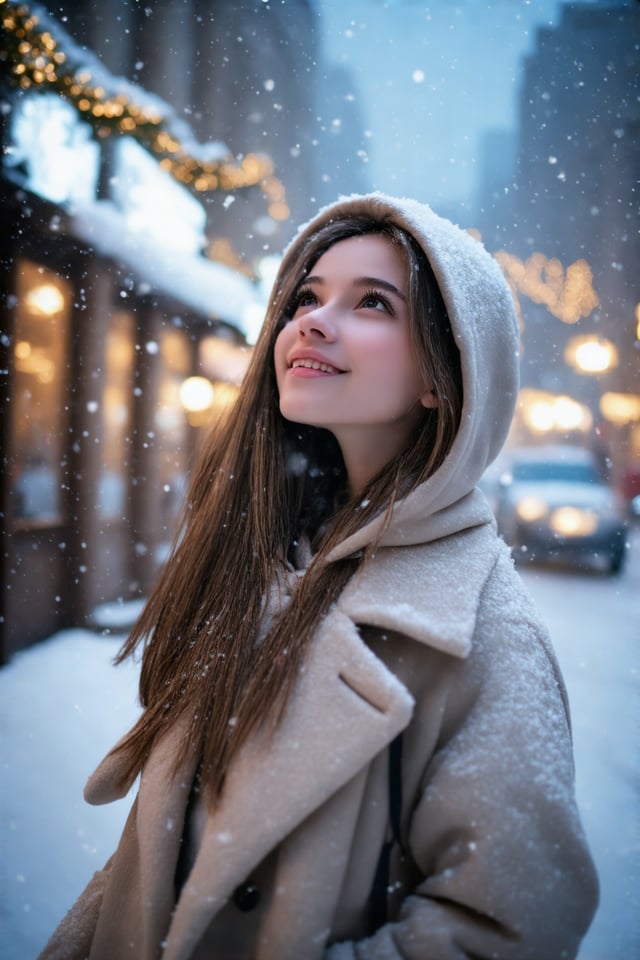
LORA SD 3.5 L
EARLY ACCESS
SD3.5L [ Hyper Real Realism]-V.1
Azwar Black Mask

LORA Flux
EARLY ACCESS
Jinx (Arcane) | League of Legends - ABM-V.1
Azwar Black Mask

LORA Flux
EARLY ACCESS
[FLUX] Graffiti Aesthetic-V.1
Azwar Black Mask

LORA Flux
EARLY ACCESS
FLUXjourney Realism-Aesthetic + Details
Azwar Black Mask

LYCORIS Flux
EARLY ACCESS
[FLUX] Surrealism Art - ABM-V.1
Azwar Black Mask

LORA SD3
EARLY ACCESS
Halloween Trick Or Treat 2024 - ABM-Trick Or Treat
Azwar Black Mask

LORA SD 3.5 L
EARLY ACCESS
[SD3.5L] Epic Fantasy - ABM-V.1
Azwar Black Mask

LORA SD 3.5 L
EARLY ACCESS
[SD3.5L] Beauty & Detailed - ABM-V.1
Azwar Black Mask
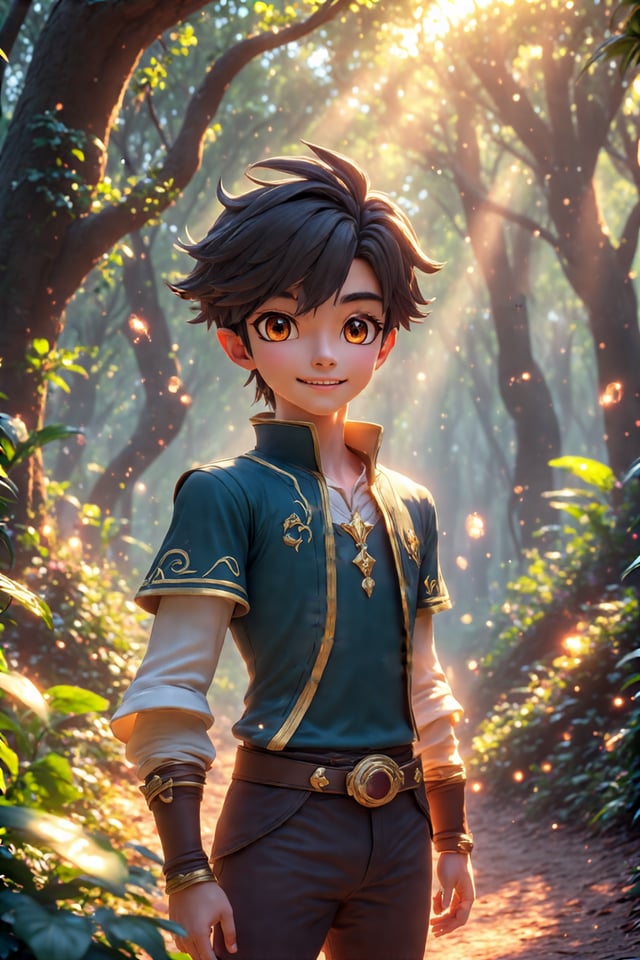
LORA SD 3.5 L
EARLY ACCESS
[SD3.5L] 3D Cartoon Anime - ABM-V.1
Azwar Black Mask

LORA Flux
EARLY ACCESS
Flux [ Mavis Dracula ] - ABM-V 1.0
Azwar Black Mask

LORA Flux
EARLY ACCESS
[FLUX] Elegant BlindMask - ABM-V.1
Azwar Black Mask

LORA Flux
EARLY ACCESS
[FLUX] Graphic Boost - ABM-V.1
Azwar Black Mask

LORA Flux
EARLY ACCESS
GrimReaper( The Soul Hunter )-V.1
Azwar Black Mask
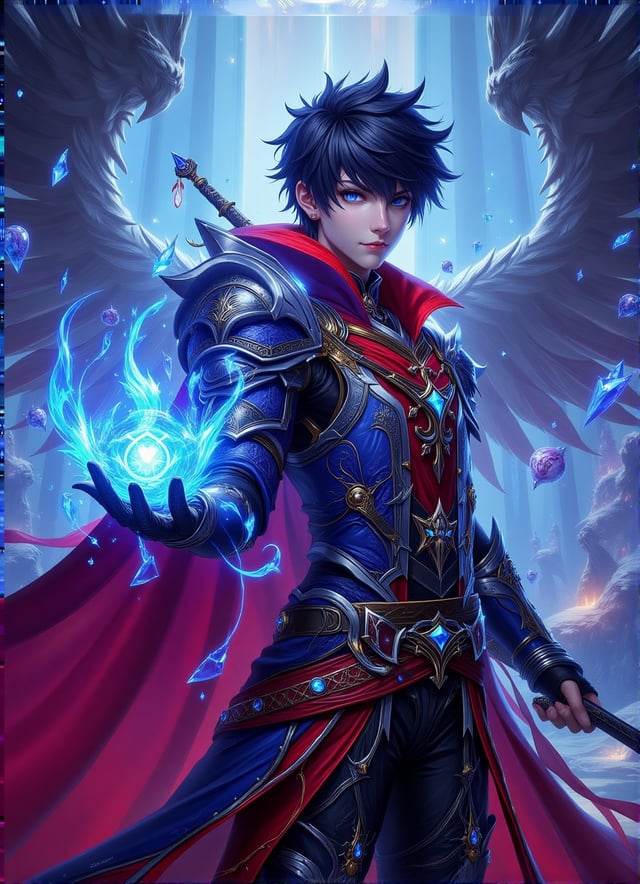
LORA Flux
EARLY ACCESS
Fantasy Rpg Anime Style-V.1
Azwar Black Mask

LORA Flux
EARLY ACCESS
Futuristic Steampunk(Rune Stone) - ABM-V.1
Azwar Black Mask

LORA Flux
EARLY ACCESS
Dark Halloween 2024 - ABM-Retrain 2024-10-30
Azwar Black Mask

LORA Flux
EARLY ACCESS
[FLUX] The Haunted Vibe -ABM-V.1
Azwar Black Mask
Articles
View All
History Of Halloween ( HALLOWEEN2024 )#HALLOWEEN2024
Halloween has a rich and fascinating history, blending ancient traditions with modern customs. Its origins date back over 2,000 years, and it has evolved through a variety of cultural influences. Here's a detailed look at the history of Halloween:1. Celtic Origins: SamhainHalloween's roots can be traced to the ancient Celtic festival of Samhain (pronounced "sow-in"). The Celts lived in what is now Ireland, the United Kingdom, and northern France around 2,000 years ago. Samhain, celebrated on October 31, marked the end of the harvest season and the beginning of winter, a time often associated with death.Belief in the Supernatural: The Celts believed that on the night before the new year (November 1), the boundary between the worlds of the living and the dead became blurred. They believed that the spirits of the dead could return to Earth, causing trouble and damaging crops.Bonfires and Sacrifices: To ward off these spirits, Celtic priests (called Druids) would light sacred bonfires and offer sacrifices, such as crops and animals, to the gods. People would wear costumes made of animal heads and skins to disguise themselves from wandering spirits.2. Roman InfluenceWhen the Roman Empire conquered Celtic territories around 43 A.D., they incorporated aspects of their own traditions into Samhain. Two Roman festivals were blended with the Celtic celebration:Feralia: A day in late October to honor the dead.Pomona: A festival dedicated to Pomona, the Roman goddess of fruit and trees. Her symbol was the apple, which might explain the tradition of bobbing for apples on Halloween.3. Christianization: All Saints' Day and All Souls' DayBy the 9th century, as Christianity spread across Celtic lands, the church sought to replace pagan festivals with Christian holidays. In 609 A.D., Pope Boniface IV established All Saints' Day (or All Hallows' Day) on November 1 to honor saints and martyrs. Later, All Souls' Day (a day to honor the dead) was added on November 2.All Hallows' Eve: The night before All Saints' Day, October 31, became known as All Hallows' Eve, which eventually evolved into Halloween. The traditions of Samhain, such as costumes and lighting fires, persisted, but now with Christian significance.4. Medieval and Early Modern TraditionsDuring medieval times, Halloween traditions began to reflect Christian beliefs in purification and the afterlife:"Souling" and "Guising": On All Hallows' Eve, poor people would visit homes and offer prayers for the dead in exchange for food, a practice known as "souling." This is seen as a precursor to trick-or-treating. In Scotland and Ireland, people would also dress in costumes (or guise) to impersonate the dead, a practice known as "guising".Jack-o'-lanterns: In Ireland, people carved turnips into lanterns to ward off evil spirits. When Irish immigrants came to America, they adopted the use of pumpkins, which were more abundant in the New World.5. Halloween in AmericaHalloween traditions were brought to the United States by Irish and Scottish immigrants in the 19th century, particularly after the Irish Potato Famine (1845–1849). The holiday gradually spread across the country, evolving into the more commercial and festive celebration we know today.Trick-or-Treating: In the early 20th century, trick-or-treating became popular, where children would dress in costumes and go door-to-door asking for candy. This practice was partly influenced by older European traditions like "souling" and "guising."Halloween Parties: By the 1920s and 1930s, Halloween had become a community-centered holiday, with parades, parties, and games such as bobbing for apples.6. Modern HalloweenToday, Halloween is one of the biggest commercial holidays in the U.S. and many other countries. The modern celebration includes:Costumes: People dress up in a variety of costumes, ranging from spooky to playful. Popular costumes include ghosts, witches, vampires, superheroes, and more.Jack-o'-lanterns: Carving pumpkins into jack-o'-lanterns remains a central tradition, with intricate designs becoming more common.Trick-or-Treating: Children (and sometimes adults) go door-to-door, dressed in costumes, collecting candy.Haunted Houses and Horror Movies: Halloween has become synonymous with scary experiences, including haunted houses, horror movies, and spooky decorations.7. Cultural ExpansionWhile Halloween originated in the Celtic regions of Europe, it has since spread around the world. Countries like Canada, the United Kingdom, Australia, and Japan have adopted many of the Americanized traditions of Halloween, adding their own cultural spin. In Mexico, for example, Halloween coincides with Día de los Muertos (Day of the Dead), a festival that celebrates the memory of ancestors.8. Symbolism and MeaningHalloween is often associated with symbols of death, the supernatural, and the macabre, such as:Ghosts and Spirits: Linked to the belief that the dead can return to the world of the living.Witches: Associated with magic, superstition, and fear during medieval and early modern periods.Bats, Owls, and Spiders: Nocturnal creatures often tied to fear of the dark and the unknown.ConclusionHalloween has evolved from a Celtic festival honoring the dead to a modern holiday celebrated with costumes, candy, and fun. It retains much of its original focus on the supernatural and has become a night where people embrace the spooky, eerie, and fantastical. The transformation of Halloween over centuries shows how it has absorbed cultural, religious, and commercial influences to become the vibrant celebration we enjoy today.

How To Create An anime Lora
To create an anime LoRA (Low-Rank Adaptation) model for Tensor Art, you’ll need to follow a process that involves dataset preparation, training, and fine-tuning. Here’s a step-by-step guide:1. Prepare Your DatasetImage Collection: Collect high-quality anime-style images. Make sure these images match the style you want to emulate (specific anime, studio, or theme).Image Resolution: Most LoRA models work best with images of uniform resolution, typically 512x512 or 768x768 pixels.Annotations/Labels: Depending on the platform you’re using, images may need annotations to help guide the AI in learning. Organize and label them clearly (e.g., specific character styles, poses, lighting).2. Preprocess ImagesImage Cleaning: Make sure the images are clean, with no watermarks or artifacts, and cropped to center the character or object of focus.Resolution Standardization: Resize images to the preferred resolution while maintaining aspect ratio.Augmentation (Optional): Apply augmentations like rotation, zoom, or color shifts to increase variety.3. Select a Base ModelChoose a suitable pre-trained base model for your LoRA training. This model can be an anime-style model like Stable Diffusion or a specific anime GPT-like architecture. Tensor Art may provide base models compatible with LoRA training.4. LoRA Training SetupLoRA Fine-Tuning: LoRA works by fine-tuning only part of a neural network's weights rather than retraining the entire model. Tools like Diffusers (Hugging Face) or Dreambooth can help set up LoRA fine-tuning with your dataset.Hyperparameters: Choose appropriate training settings (learning rate, batch size, steps) based on your hardware. LoRA models are less hardware-intensive than full model training, but you still need adequate GPU power.Learning Rate: A common learning rate is between 5e-5 and 1e-4 for LoRA models.Epochs: Set epochs between 2-5 to prevent overfitting.Batch Size: Keep the batch size balanced to avoid VRAM overflow (commonly between 4-8).5. Training the ModelRun Training: Start the fine-tuning process. Depending on the hardware and the size of your dataset, this could take a few hours to days.Monitor Loss: Watch the loss during training. If it plateaus or starts increasing, it may signal overfitting, and you may need to stop or adjust the training settings.6. Test & Fine-tuneOnce training is done, test your LoRA model by generating anime-style images using the model. Adjust any hyperparameters and retrain if the results aren’t satisfactory.Fine-tune until you achieve the desired style consistency.7. Export and ShareAfter training, export the LoRA model for usage in platforms like Tensor Art. Upload it as per the platform’s guidelines.Share or use your new LoRA model to generate anime-style images on Tensor Art.Tools and Platforms:Diffusers by Hugging Face: Supports LoRA training for text-to-image models.Kohya's LoRA Trainer: Popular in the AI community for LoRA training with anime datasets.Dreambooth: Can be used with LoRA techniques to fine-tune specific features in your model.Make sure to follow Tensor Art’s specific guidelines on model compatibility, as they may have their requirements for LoRA usage!




